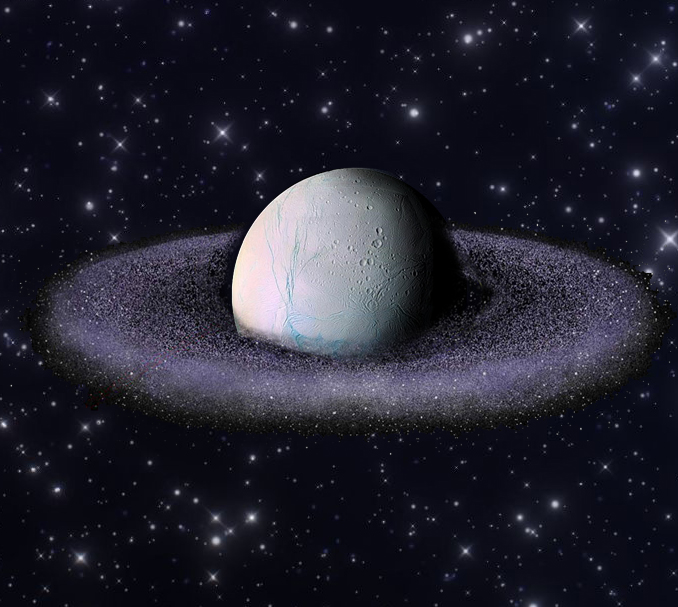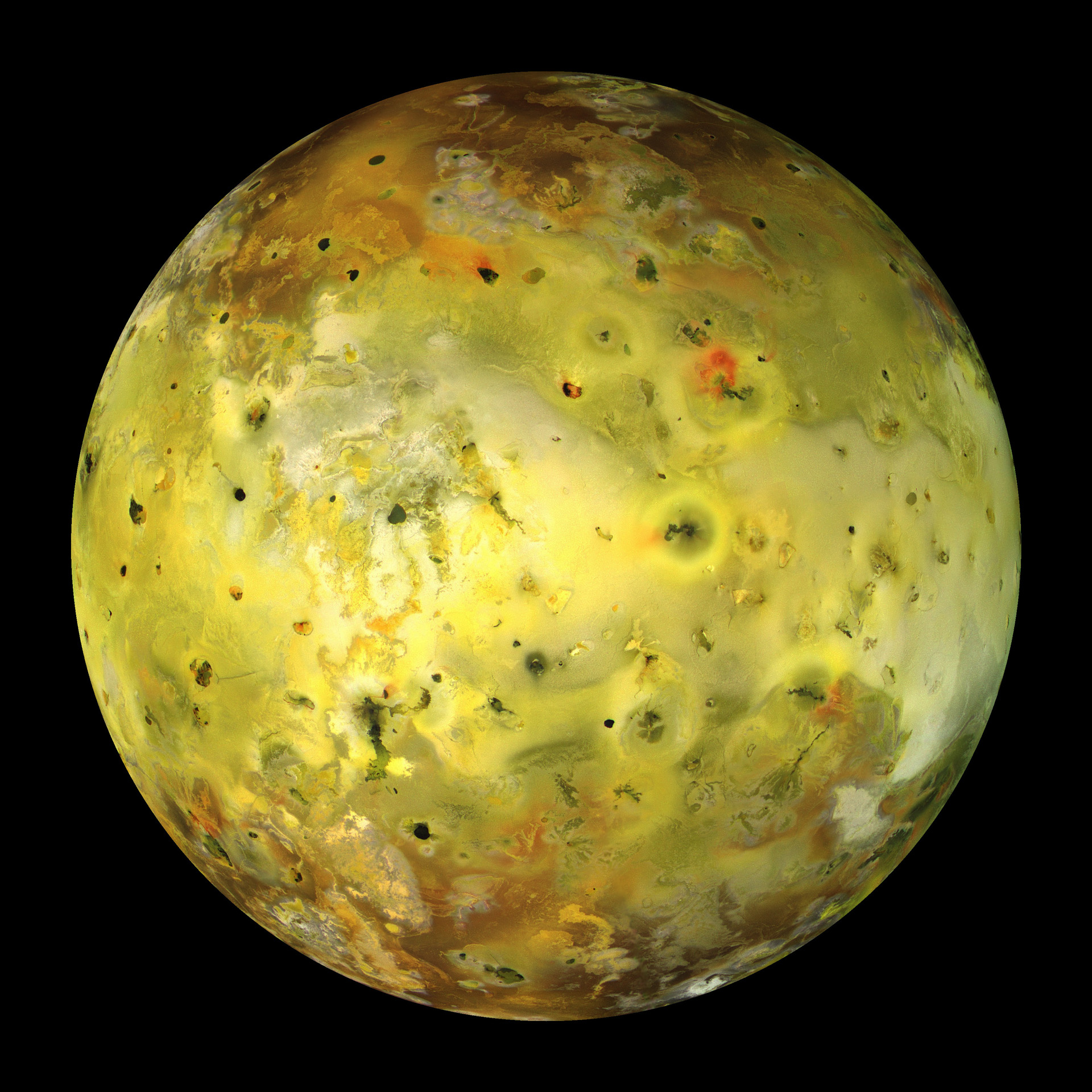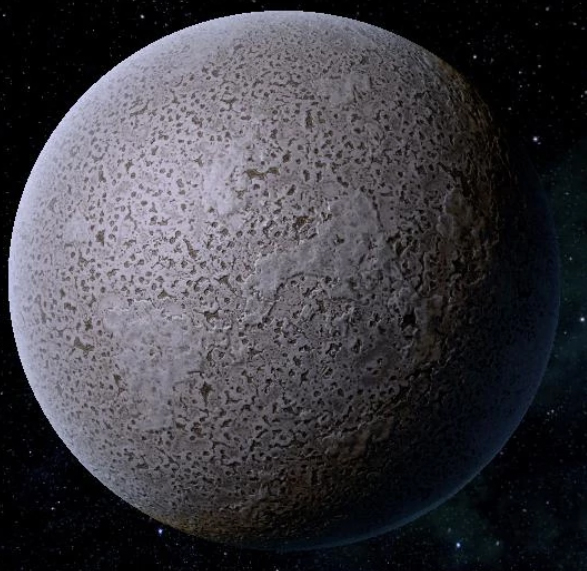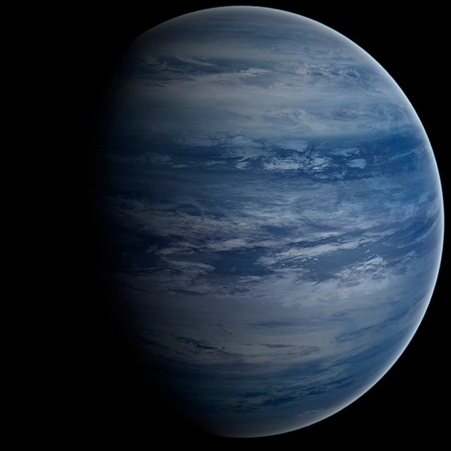Like many gas giants, Sypsos has no terrestrial surface or solid core; its atmospheric layers simply grow denser and hotter the farther one travels toward the center, until the pressure and temperature initiate phase changes in the gases, creating a core dense enough to crush any vessel unprepared for the journey.
Sypsos atmosphere is predominantly hydrogen, helium and methane, giving it a lush blue color. The gas giant itself has no permanent inhabitants, the only valuable resources lying far too deep into the atmosphere to be reachable by starships. Its moons, however, are far more accessible and have numerous corporations, settlements and independants located within.
Moons of Sypsos
Yellis

Yellis is the first and largest moon of Sypsos, and the only celestial object in the system that has rings. The rings themselves house a few space stations and mining operations including the infamous Ipsilon Space Station. Yellis has an oxygen/nitrogen atmosphere that is breathable. Unfortunately the moon is also frigidly cold, and except for the "habitable belt" remains mostly a frigid waste of craters, crystalline formations and mountains. The habitable belt is a narrow strip little more than a few miles wide that winds around the equator. Because of its unique orbit around the gas giant and the scattering of geothermal activity near the equater, this narrow belt is the only part of the planet that ever sees above-zero temperatures. A strange variety of blue and white flora and fauna thrive here, and some settlements have begun to sprung up after its discovery. Miners sometimes form settlements in search of ore. Aluminum, Tungsten and Diamond are all common on Yellis and as such various mining operation have begun on its surface. Beyond the belt adventures often conduct expeditions into the frozen wastes, as ruins of some long-dead civilization have been discovered, often preserved by the sheer cold.
Sulfaria
Sulfaria is named after the abundance of sulfur filled lakes and oceans as well as the sulfuric acid clouds that flow across the surface. The planets atmosphere is primarily comprised of Nitrogen, Oxygen and Sulfuric Acid. The composition gives it a lush yellow color that is easily seen from space. While it is a dangerous and poisonous location for most life, some companies have chosen to brave the dangers to mine the valuable resources found within. The planet is not devoid of life, however, and many sulfur-based lifeforms and plants native to the planet have evolved on its surface. Unlike the other two frigid moons, Sulfaria is reasonably warm. While it is still necessary to use survival gear in its atmosphere, the temperatures themselves are remarkably habitable over much of its surface.
Soma
Soma is similar to its sister Yellis but its atmosphere is almost entirely Nitrogen with trace amounts of Methane and Carbon Monoxide. It has fewer mining operations but recent discoveries of Gold, Quartz and Tungsten as well as strange ruins have led to explorers and independant miners journeying to the surface in search of riches.






Comments